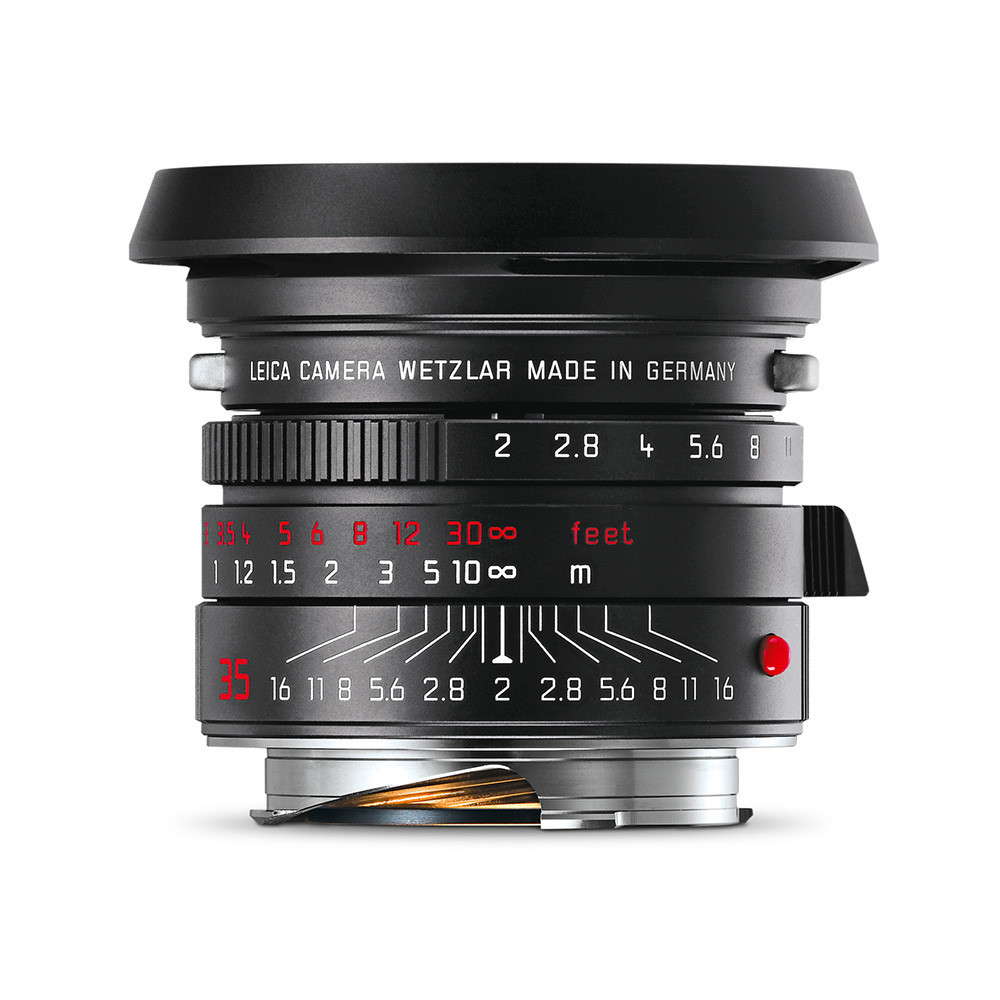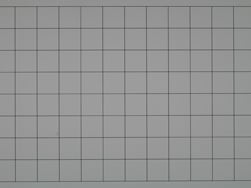

In contrast, Carl Zeiss Biotar 58mm f2 has a larger focus ring making it easier to focus.įocusing distance is also rather long at 70cm. My dog moved from me far too many times before I could take a sharp photo of him. I have noticed that because of the limited overall sharpness focus peaking is not as useful to indicate the focus areas, making it harder to take action shots. However, it does not feel as refined as other Exakta lenses of the time.ĭue to the size and proximity of the focus and aperture rings, it is easy to confuse them. Ludwig Meritar 50mm f2.9 is made of aluminium alloy and glass. Optical design: Three elements in three groups (Cooke triplet) Construction and HandlingĮ. They made predominantly low-priced lenses, of which the Meritar 50mm f2.9 is most well known and was made from 1949 until 1968. Cooke Triplet Diagram from Patent Details / HistoryĮrnst Ludwig was an independent optics manufacturer from East Germany. I suspect there is a lot of sample-to-sample variation in the quality of the lenses themselves, so being objective here is difficult. Opinions about this lens vary a lot from ‘worst lens ever’ to ‘quite good’.

This particular version has a red V mark, indicating that it is a coated lens. It is recognized as one of the most important objective designs in the field of photography. The cooke triplet is noted for being able to correct the Seidel aberrations. It was the first lens system that allowed elimination of most of the optical distortion or aberration at the outer edge of lenses. Ludwig Meritar 50mm f2.9 has only three glass elements in a simple triplet design originating from 1893. Nonetheless, I was still curious to try it because the E. 1959 Exakta price list showing Ludwig Meritar in comparison to other lenses. Given it was considered a cheap lens at a time, I was not expecting too much from this lens. For comparison, another standard Exakta lens – a Biotar 58mm f2 cost six times as much. Ludwig Meritar 50mm f2.9 was the entry-level option for the Ihagee Exakta line of cameras and cost only 59 Deutschmarks back in 1959.


 0 kommentar(er)
0 kommentar(er)
